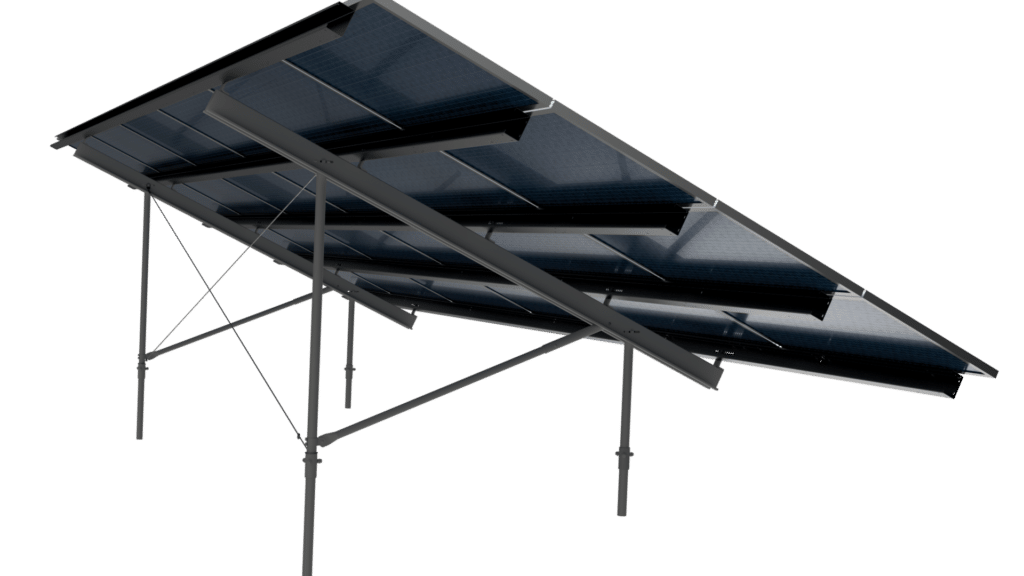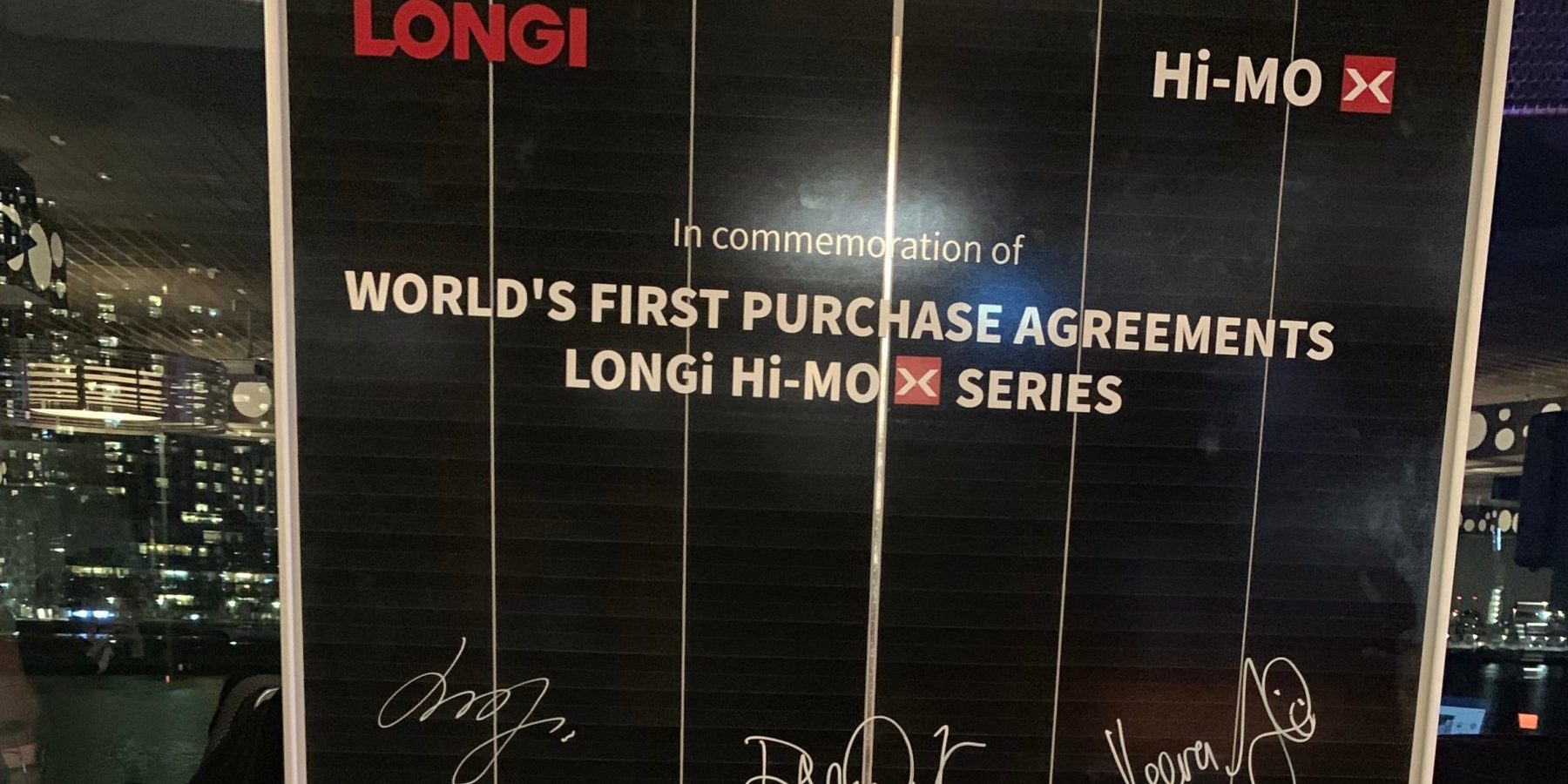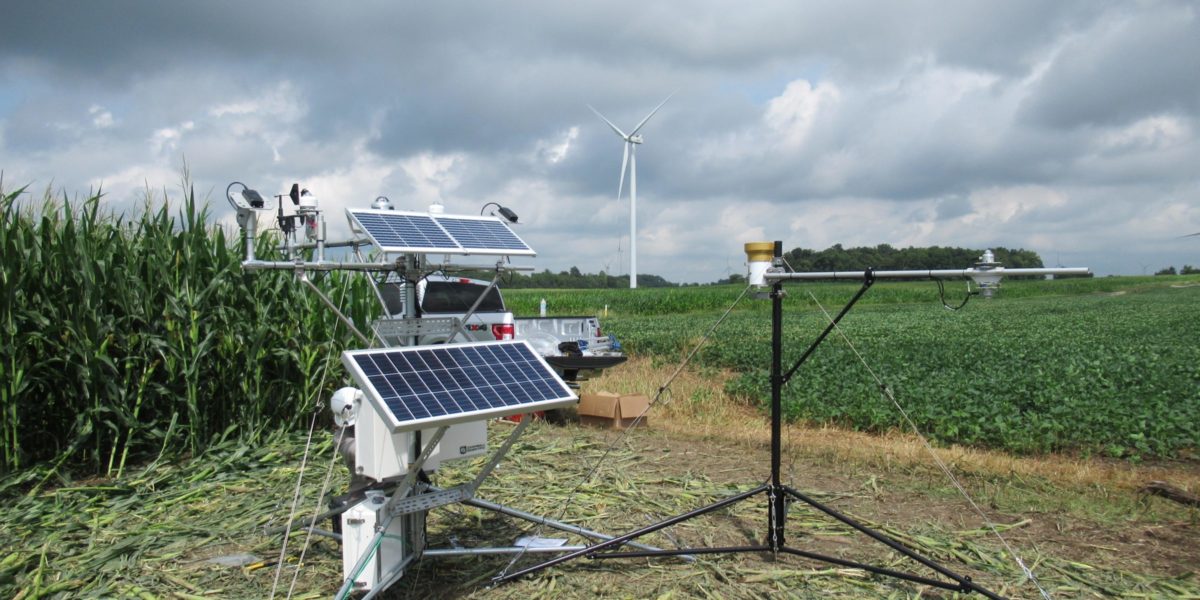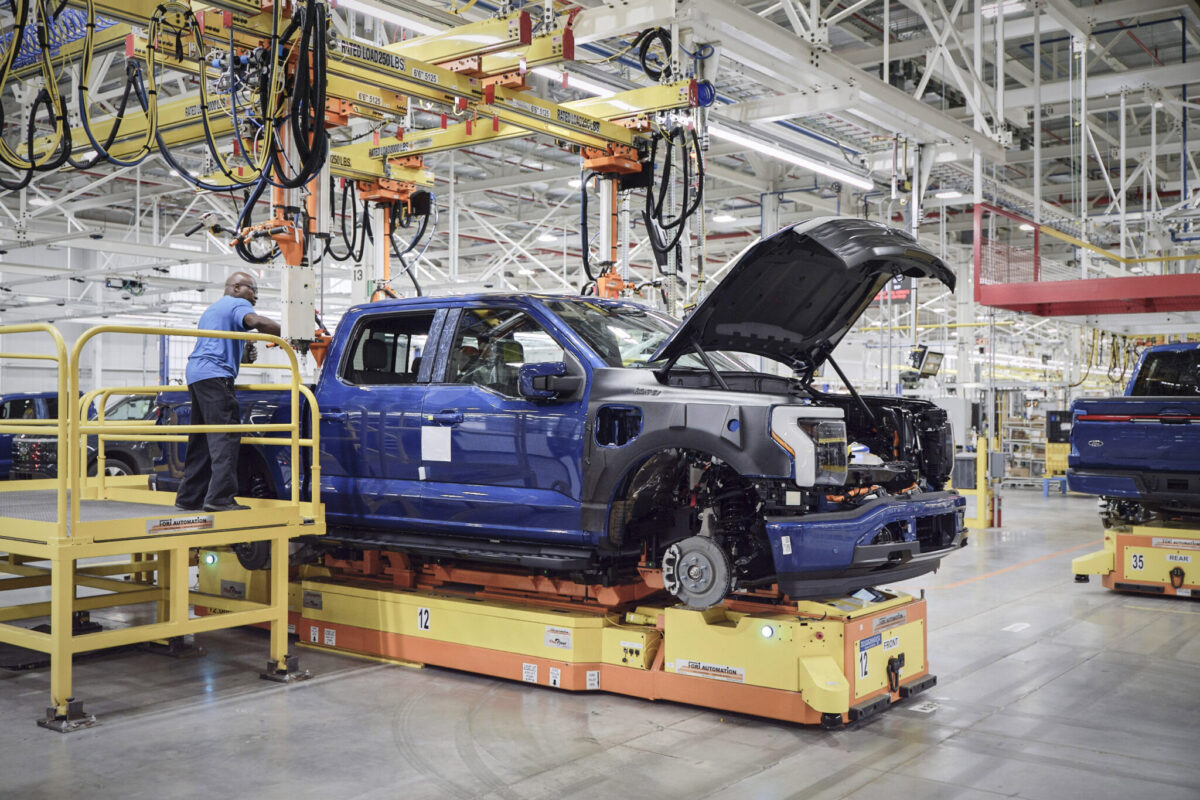Solar albedo services using Campbell Scientific in this story’s featured image. I’ve never actually had a project request that, they’ve trusted my dialed back NREL data – “Another completed solar / albedo assessment station! Contact me to learn more about our commissioning and solar assessment systems! commissioning Campbellscientific” Source – LinkedIN page of Roger “Smitty” Smith, MBA

Fixed racking that takes into account bifaciality, is probably nicely designed – probably light and part-conscious – “GLIDE is infused with bifacial module compatibility allowing complete exposure of the module to maximize potential backside power yield. With slope capability up to 36%, TGL has exponentially less hardware, even lighter components resulting in reduced freight costs and labor hours.” Source – Terrasmart
And speaking of bifacial, I hear a lot of competing noise on production bumps of bifacial solar modules. Manufacturers like to talk “up to an amazing %”, but big developers suggest single digits at conferences, and the data-focused folks at PV Evolutions Labs are putting together the data. Well, in the midst of this a manufacturer gives us some numbers and how to develop proposals: “BiTEC: How to simulate bifacial projects? Evaluations carried out at BiTEC over a 6-month period confirm that SF7 Bifacial solar trackers with a two-in-portrait configuration (2P) obtain 2.2% more Bifacial Gain than trackers with a one-in-portrait configuration (1P). BiTEC field data shows that individual bifacial modules mounted in SF7 Bifacial solar trackers provide 17% more Bifacial Gain under high albedo conditions (60%) and 11% under medium albedo conditions (30%). The specific performance and advantages of bifacial trackers can be simulated using software such as PVsyst®, provided bifacial parameters from BiTEC are properly entered.” Source – Soltec Labs
Look at the image below of the module at the first showing in Australia, note that it looks like a single solar cell going up. It’s “shingled” – “Hi-MO X is a high-efficiency module using mono PERC technology and a shingled layout to achieve a leading front-side module conversion efficiency of 20%. Suitable for all roof-top installations, it is available in 400W (72-cell) and 350W (60-cell) peak power variants. An innovative design eliminates power losses caused by solder strip shading and a novel cell series-parallel circuit design significantly increases power generation performance in shaded conditions. Additional benefits come from a low working current brought about by a cell string circuit design that reduces hot spots and effectively reduces hot spot temperatures.” Source – LONGi

Back in my solar youth, it was always about gaining the greatest efficiency from your solar system. Azimuth of 180 degrees and matching the system angle to the latitude. Now, even in markets in the north, how we use the modules matters as much as efficiency. And in flat roof locations, having low angle modules lessens wind uplift requirements leading to all kinds of benefits. “Quick Mount PV’s QRail Tilt System allows installation of the QRail Racking System on a variety of low slope commercial and residential roof types. The system utilizes the industry standard QBase Deck Mount, which can be attached directly to the deck or to a structural member. The QRail Tilt system allows access to the roof for maintenance and repairs without removing the array, enables installation over roof obstructions and prevents roof degradation that occurs with a ballasted system. The system can be installed at a 5 or 10 degree tilt with a large assortment of height options. Design assistance is available through Quick Mount PV’s technical team.” Source – Quick Mount PV
Lead—but not acid—batteries designed for roughly a ten year life, within a system designed for 20 years “Our smaller residential systems are designed ready to install in 1 to 3 hours by one installer. Our POD Systems can grow modularly and seamlessly for your commercial applications up to 2.5 MW. Designed for 18-20 year life, Lead Crystal battery technology will run 10 years at <50% depth of discharge (DOD). Once down to 80% capacity, it is time to recycle* out your batteries. Lead Crystal battery technology loses 1% capacity annually which is tops in the industry! That means only 2 or 3 sets of our batteries are required over the 20 to 30 year life of a typical solar panel. *Lead Crystal battery technology is 100% man-made and 99.7% recyclable!” Source – Tom Mangone, Green Rhino Energy
3in1 Roof System gets UL 1703 certification – company is taking deposits for systems to be delivered in 2020,”Solar tile manufacturer 3 in 1 Roof has passed UL 1703 safety testing for its solar roofing tiles. The company claims its solar roof system is eight times lighter than traditional tile roofing materials and can withstand 200+ mph winds. 50-W solar modules are recessed into each tile, and the modules can apparently be removed and replaced without disturbing the tiles. The tiles are made of insulating foam and have a Class-A fire rating.” Source – 3in1 Roof
Looks like the recent module price slide has slowed, maybe second half of US is pulling, and I’m sure China’s projected 25 GW second half is pulling. Seems cell prices are still softening. Lots of potential reasons – module manufacturers haven’t caught up fully with slower demand this season, cell manufacturing still expanding faster than modules, manufacturing costs coming down as efficiency tweaks roll through the market, etc.
https://twitter.com/PvInfolink/status/1161579559763902464
This content is protected by copyright and may not be reused. If you want to cooperate with us and would like to reuse some of our content, please contact: editors@pv-magazine.com.








The thing I notice about the top photo is that they are site testing for solar and there is a wind turbine in the background. Good combo!